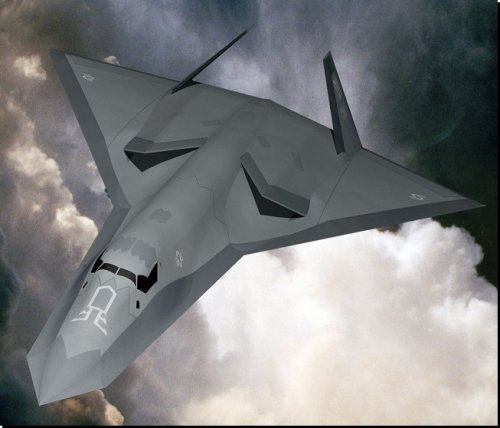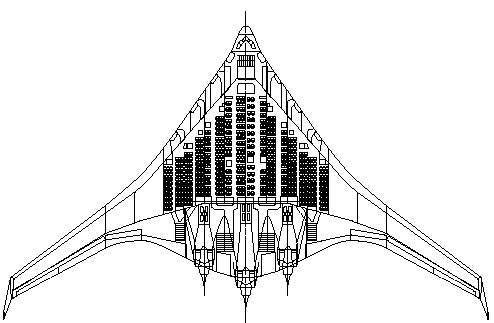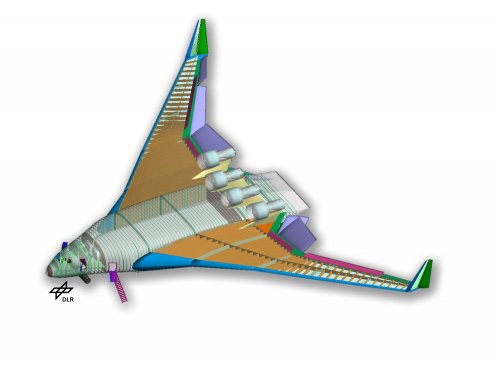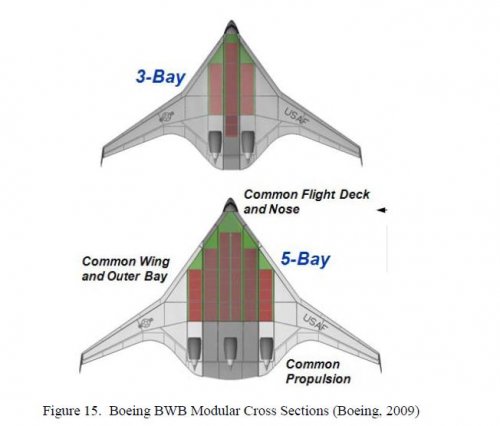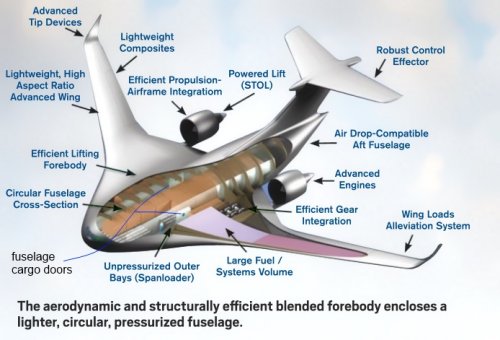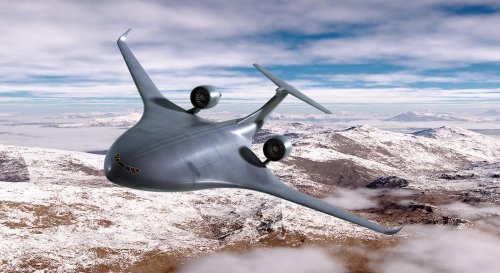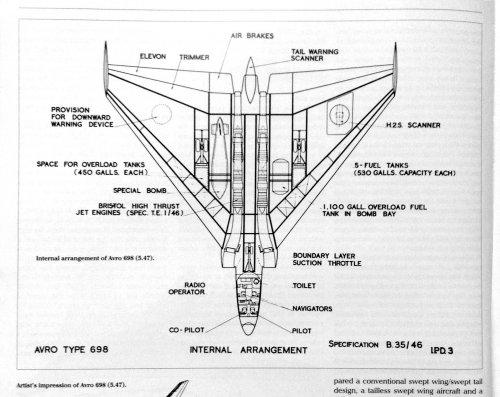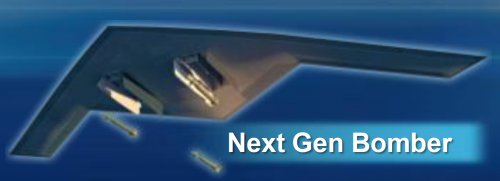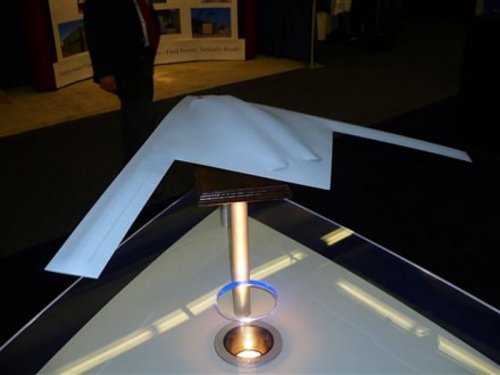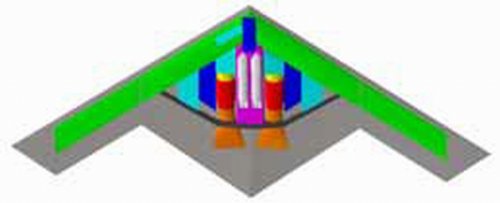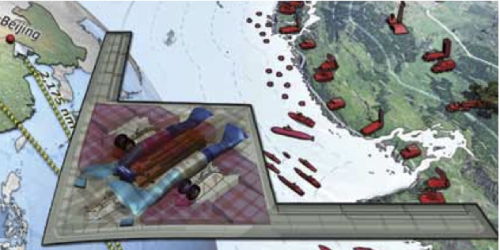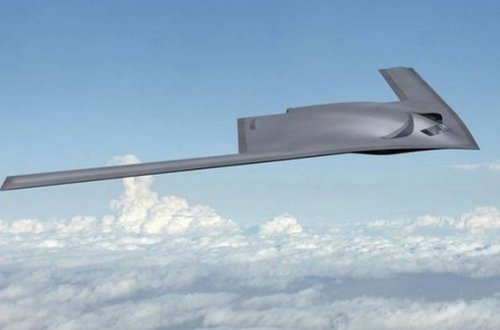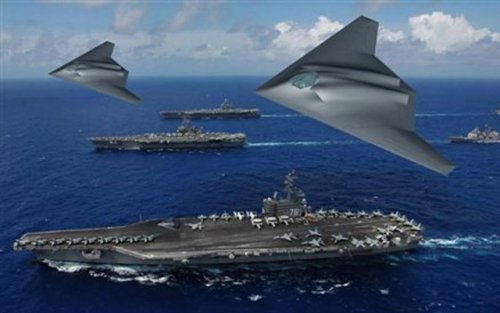Air Force acquisition chief William LaPlante revealed some of the service's acquisition plan for the Long-Range Strike Bomber Thursday. At a Senate Armed Services Committee's airland subcommittee hearing, LaPlante explained that USAF is doing all it can to contain costs on the bomber, and that cost is a key competitive requirement. While the development phase will be cost-plus, LaPlante said, the LRS will be structured for fixed-price production. "The first one off the line is going to be fixed-price," LaPlante said in response to a question from Sen. Mike Rounds (R-S.D.). In previous speeches and testimony, LaPlante has echoed Pentagon acquisition, technology, and logistics chief Frank Kendall, saying a fixed-price contract should only be used when a product is very well understood. Clearly, USAF believes it will have thorough knowledge of what the LRS-B "should cost" after the development phase. In an interview with Air Force Magazine last August, LaPlante said the LRS-B would not be chosen based on drawings alone but by evaluating "variants ... of technical articles; ... prototypes, if you want to call it," suggesting that subscale demonstrators, or proof-of-concept craft, have been flying for some time. He also said in the interview that industry would likely have to invest a considerable amount of its own money in development to assure the maturity of the technology for production. USAF has said it plans to award the program in the June timeframe. LaPLante told Rounds that "nothing has changed" on the program since 2010 and that the target $550 million unit cost in 2010 dollars still holds. (See also Staying Stealthy from the August 2014 issue of Air Force Magazine.) (LaPlante prepared testimony)

